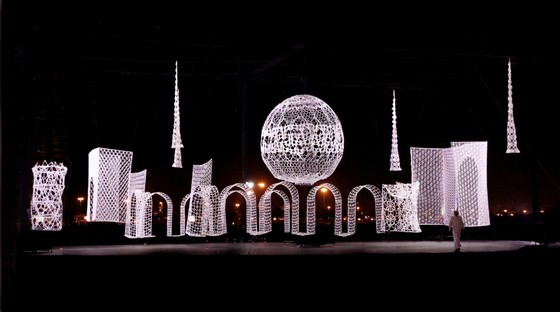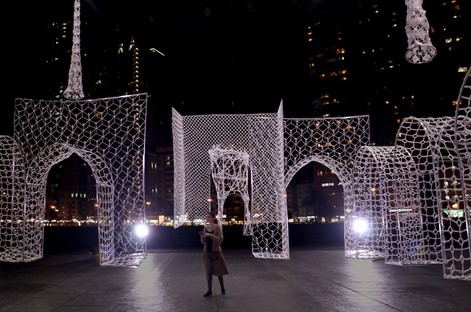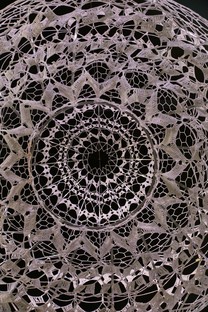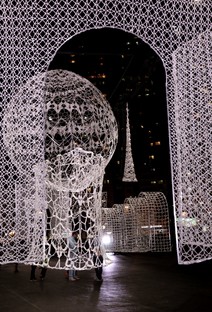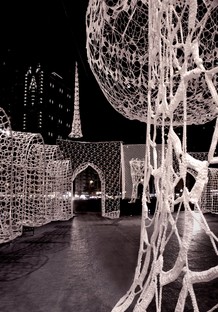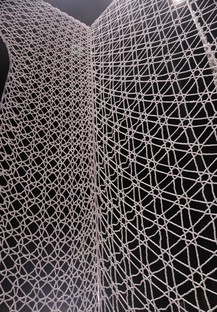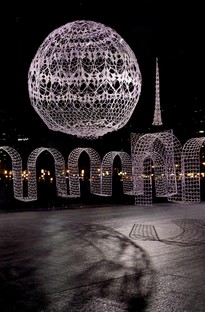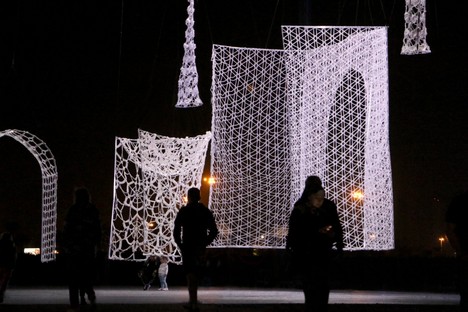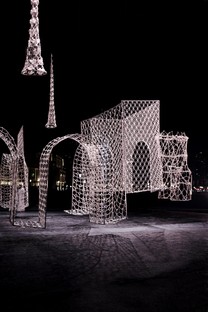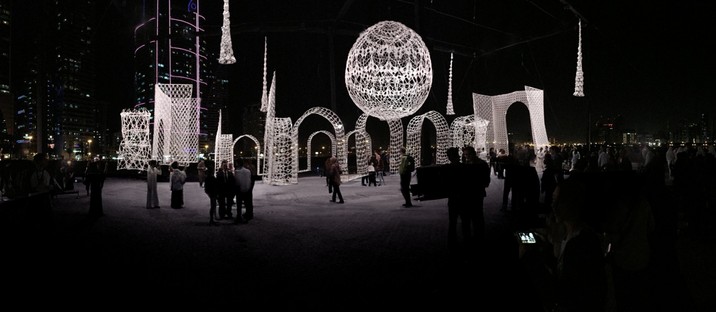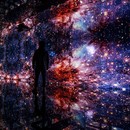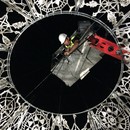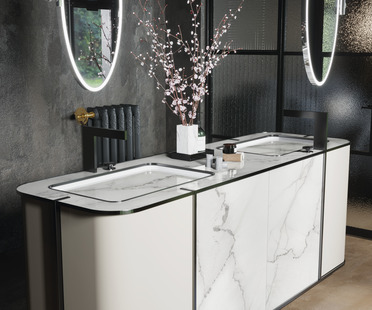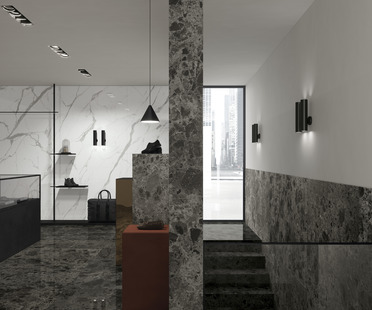01-03-2018
Lace becomes an Urban Landmark in Choi+Shine Architects’ installations
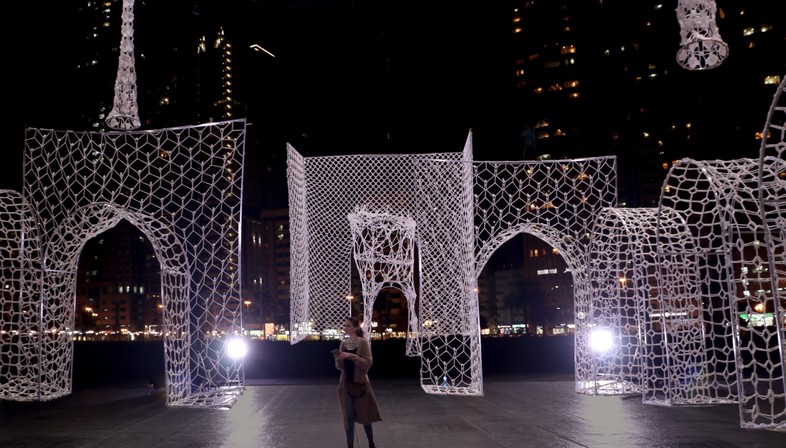
From March 9 through April 1, 2018 Marina Bay hosts i Light Marina Bay, an International Light Festival held since 2010 to bring a touch of magic to Singapore nights. The Festival is accredited as Asia’s most important ecologically sustainable light festival, focusing on sustainability, energy conservation and recycling ever since its first edition. A number of installations are created with recycled materials collected specifically for the purpose among sponsors and supporters. The artistic installations appearing in the 2017 edition included “The Urchins” by Choi+Shine Architects, which attracted my attention for its ability to transform a traditional technique shared by many cultures, crocheting, into an urban macro-installation bringing a touch of poetry to the Singapore skyline.
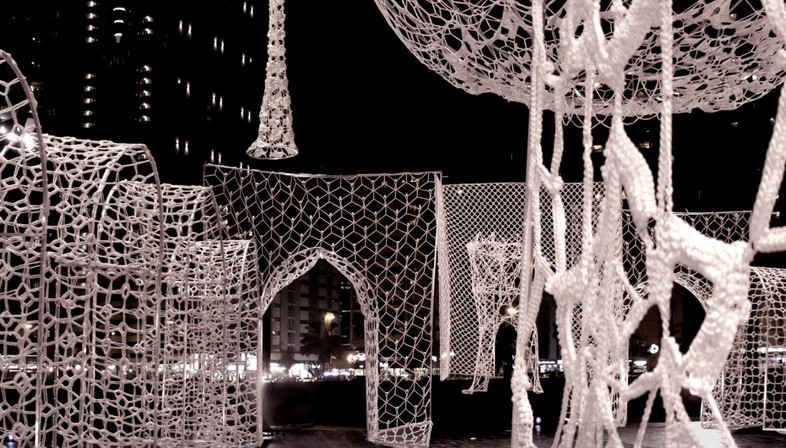
In “The Urchins” installation at the i Light Marina Bay Festival, architects Jin Choi and Thomas Shine, founders of Choi+Shine Architects, clearly drew their inspiration from nature, and specifically the natural shape of the sea urchin. The constituent elements of architecture provide the inspiration for a recent installation entitled The Flying Mosque designed for the twentieth Islamic Arts Festival of Sharjah, UAE from December 13 2017 to January 23 2018. The architects identified architectural elements shared by all cultures and reduced them to their pure geometric essence. They then set up the space with these individual elements, once more made out of metal frames covered with crocheting. It is up to the observer to put together the parts and form a harmonious whole. The elements are positioned in such a way that when they are seen from a particular angle, the composition as a whole looks like a mosque made of crocheted parts, and as spectators move about, they see the single parts which can be read and observed individually.
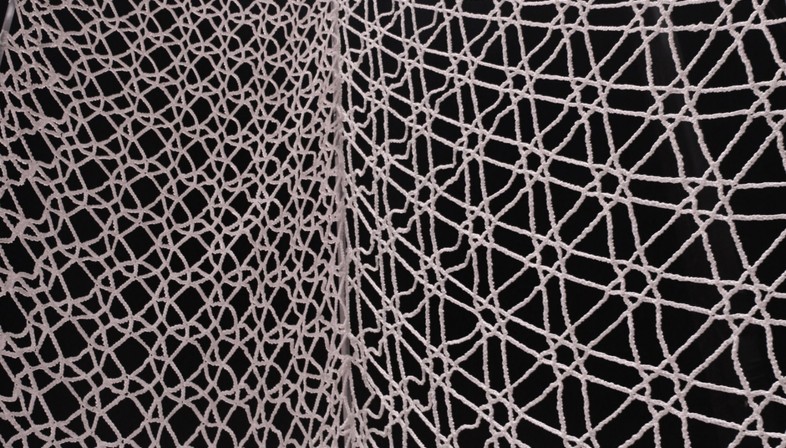
In presenting their project, architects Jin Choi and Thomas Shine emphasised that the installation represents a bridge between forms of architecture which are only apparently distant. The elements of The Flying Mosque were produced using a universal technique, crocheting, which is part of everyday life in many different cultures, and speak the universal language of geometry, used everywhere in the world to make buildings and other objects. In the installation, the geometric elements form an Islamic building, but the way in which they are designed is based on that minimalism of form that is more characteristic of contemporary western design than of the Arabian tradition. If we observe the modules out of which each geometric element is made, their arrangement on the basis of a scheme and their abstract repetitiveness has a strong bond with Islamic art. The orderly, repetitive scheme induces abstraction and meditation in the onlooker. The architects’ declared intent is in fact not to concentrate visitors’ attention on particular details of the installation but to take them into the field of abstraction, freeing their minds of more mundane concerns. In this atmosphere, the natural elements make an important contribution and add a touch of poetry: light casting ethereal lengthy shadows on the ground and wind making the lacy elements wave and turn, giving these shadows a relaxing rhythmic motion.
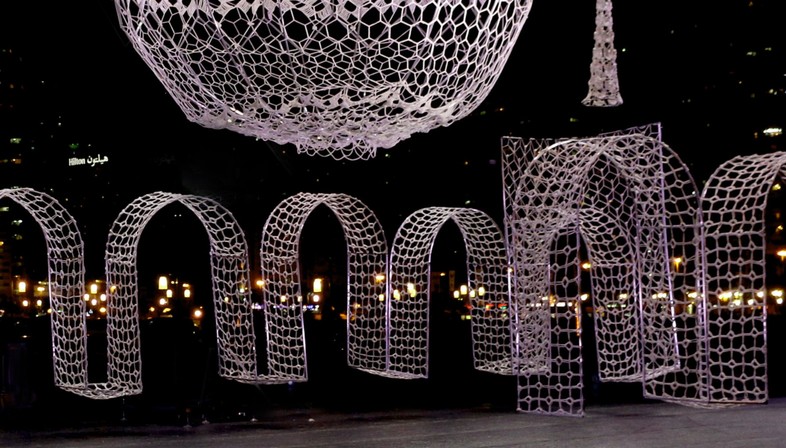
Choi+Shine Architects has other international projects underway, for their poetic installations will be brought to the attention of the American public this year. Their new installation concept entitled "ARIZONA!" has been selected for the Canal Convergence 2018 event coming up in Scottsdale, Arizona in November 2018.
(Agnese Bifulco)
Design: Choi+Shine Architects (Jin Choi & Thomas Shine)
Photos: © Choi+Shine Architects 2017
http://www.choishine.com










